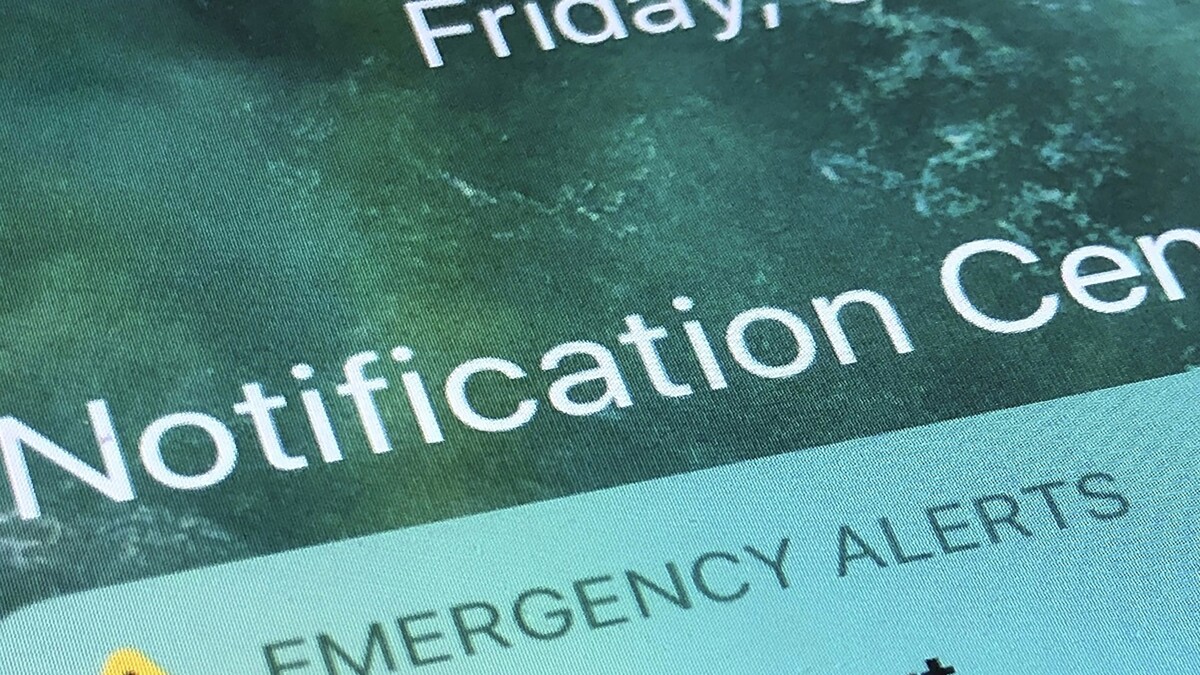Delays and budget cuts threaten critical projects
Public media stations in rural areas of the United States are facing major challenges in securing funding for emergency alert systems, tools that are often vital during natural disasters when other forms of communication collapse. In many communities, local radio remains the only reliable channel for critical updates.
After a deadly landslide in Wrangell, Alaska, in 2023, the community’s public station became the sole source of information for residents. Months later, the station received a federal grant of nearly $90,000 to upgrade its alert system, but uncertainty over reimbursements has stalled progress.
Program funding under review
The Next Generation Warning System, created in 2022, allocated over $130 million to modernize broadcasting infrastructure, including transmitters, backup generators, and antennas for rural and tribal communities. However, administrative disputes and recent budget decisions have left about $96 million from fiscal years 2023 and 2024 undisbursed.
Station managers report that stop-work orders and delayed payments have forced them to halt projects. While some broadcasters have spent portions of their grants, others avoided starting projects altogether, fearing they would not be reimbursed.
Remote communities most affected
The funding delays are particularly harmful in isolated areas, where public radio and television remain the most reliable communication systems. Limited internet access and inconsistent mobile coverage make traditional broadcasting essential for delivering emergency alerts.
Local broadcasters argue that without prompt resolution, communities will remain vulnerable during extreme weather events and other emergencies. The future of the program will depend on whether federal agencies can secure and distribute the funds needed to sustain this infrastructure.







